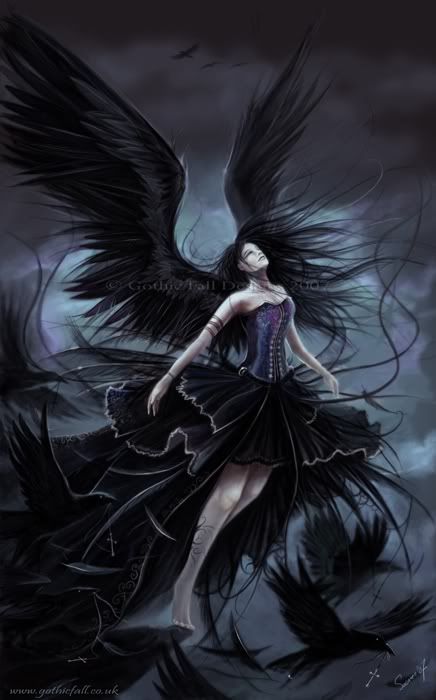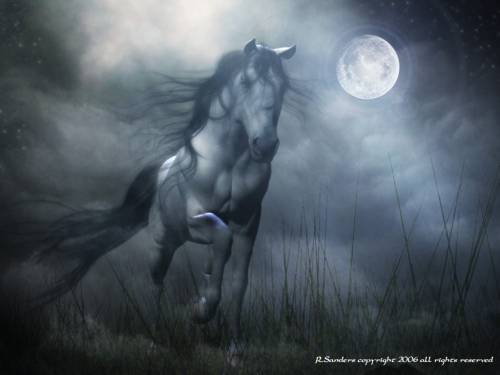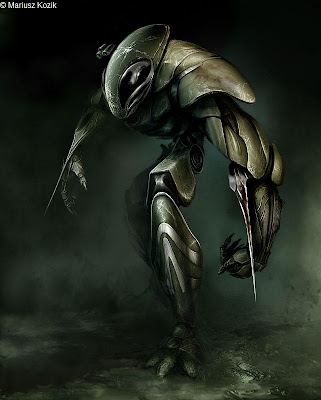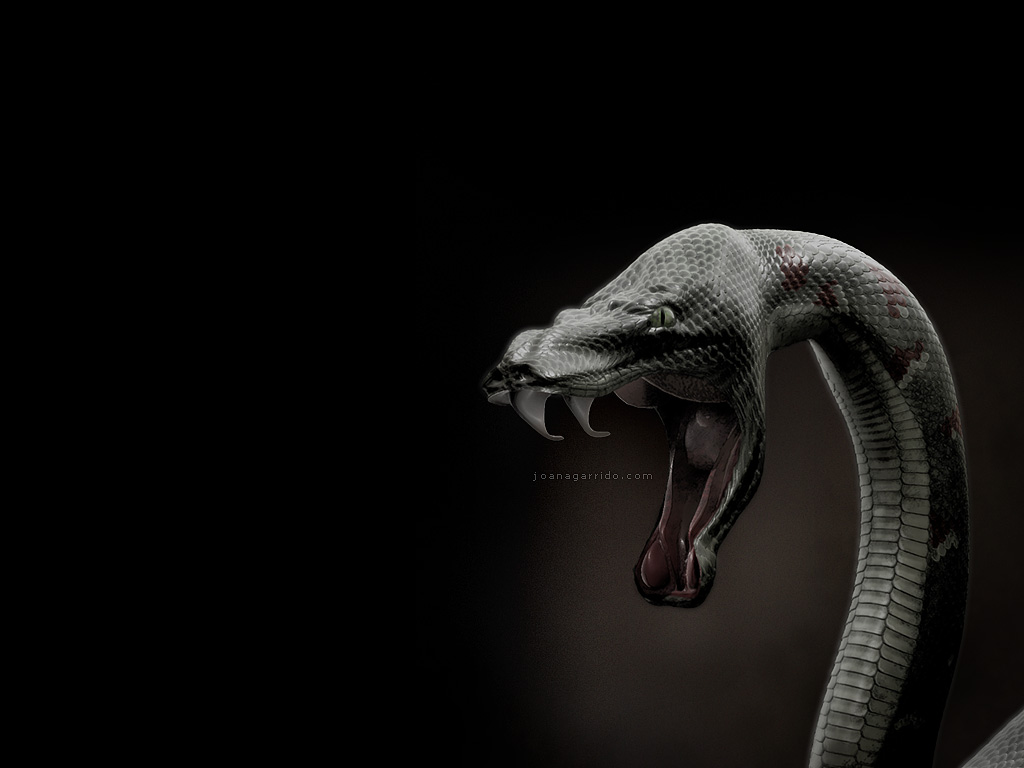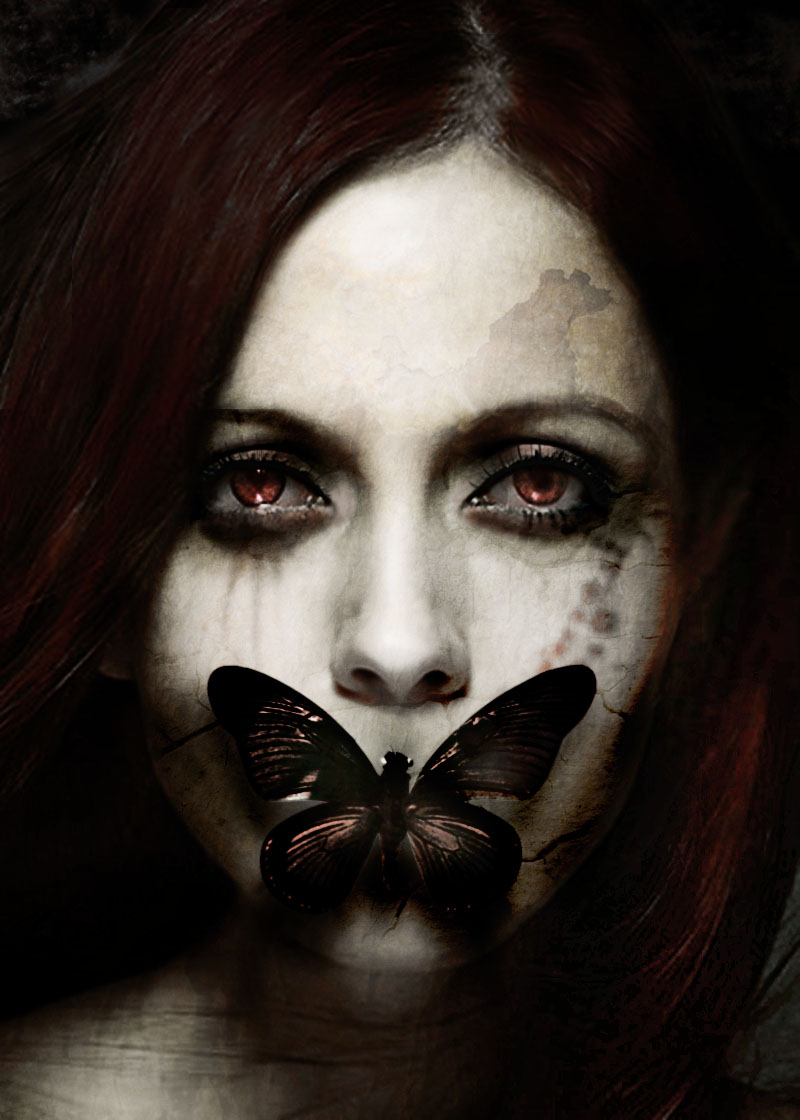
dark fantasy forest
Private Arkhorn's statement perfectly encapsulates the spirit of Chris Evans's new novel "A Darkness Forged in Fire". The book is essentially the fantasy novel equivalent of talking about the weather, functional discourse, but not very entertaining in the end. (I apologize if you are one of the rare folk who find talking about the weather deeply fulfilling. By the way, do you know if it's going to rain tomorrow?) Functional stories are less entertaining; it's like déjà vu with different characters. To his credit, Evans spices things up a bit with humor, and he shows a skill for writing entertaining characters, but when you look at the story as a whole it's 400 pages of "wandering through the forest". This fantasy cliché wouldn't be complete without a battle at the end, and Evans doesn't disappoint, giving us a huge battle featuring multiple factions at the conclusion. If literature has the "coming of age" storyline, then the fantasy genre clearly has the "coming to battle" story arc.
Though ultimately cliché, "A Darkness Forged in Fire" is at least a well done rendition of the overused material. Evans displays creativity with his characters and setting and exhibits fine storytelling chops, it just makes you wonder what he could have done with a better underlying storyline. The novel also seems to struggle in deciding if it wants to be a standard mainstream fantasy or more of a dark fantasy. The more adult, hard-edged aspects are teased, but never wholly embraced. "A Darkness Forged in Fire" would have been helped tremendously if Evans had written it with the same gritty no-nonsense approach Joe Abercrombie used for his First Law trilogy. The material here begs for that type of treatment.
Konowa Swift Dragon, an elf, has been living as an outcast for the last year in a forest in Elfkyna. Exiled for murdering the previous Viceroy of Elkyna who was operating under the power of the evil elf-witch, the Shadow Monarch, Konowa had previously been the commander of the Iron Elves, an elite unit of the Calahrian Imperial Army before his court martial. Setting the scene further, the human Calahrian Empire rules over the land of Elfkyna, and its native race, the elfkynan, who are beginning to rebel against their human oppressors.
Konowa and his companion, Jir, a bengar, soon stumble across a group of rakkes in the forest. Rakkes are evil creatures long thought to be extinct, but their reappearance suggests the growing power of the Shadow Monarch in the world. Overcoming the rakkes, Konowa and Jir discover a woman who had been captured by the creatures, Visyna. Surprisingly, Visyna had come into the forest looking for Konowa to deliver a message: he is to resume his commission in the Calahrian army immediately.
When Konowa had been court-martialed and exiled, the Iron Elves had been disbanded, the remaining members sent out to remotest parts of the world. The Iron Elves had been an all-elf unit, comprised of elves ostracized in their homeland where the other elves believed that their black tipped ears was a mark left on them by the Shadow Monarch. The newly reconstituted Iron Elves, now lead by the incompetent and puffed-up Prince of Calahr (sarcasm alert: now that's a fantasy novelty), is mostly made up of the dregs of the Calahrian army. And the unit is no longer an all elf affair.
The Iron Elves are soon sent on a journey to a small outpost, Luuguth Jor, to secure a powerful magical artifact: the Eastern Star. A rebel army of elfkynan are also interested in the power of the Star (and how it can help them throw off their Calahrian oppressors), and are similarly marching on Luuguth Jor. On top of this, the Shadow Monarch has evil plans for using the Star. The Iron Elves must battle the foul, evil creatures of the Shadow Monarch along the way, finally confronting both the rebel army and the forces of the Shadow Monarch at Luuguth Jor in order to win the Eastern Star.
The strength of "A Darkness Forged in Fire" is in the characters as most of them are well-realized and humorously entertaining. It's these fun characters that keep this "coming to battle" tale from sinking into absolute mediocrity. There still is too much cliché in the character types, but it comes off as being more harmless than outright offensive. The pacing of the novel is suitable; I never got to the point I felt I was slogging through it since events flow by relatively quickly.
Though well-written, the action sequences are also pedestrian, revolving around the soldiers battling some new type of evil monster that should be extinct. (And the Iron Elves work happily at leading many of them back into the realm of extinction.) Forget ground-breaking though, there isn't anything here that even wobbles the earth. So if you are looking for something fresh and original, you'll want to look elsewhere. However, if you are looking for a light and moderately entertaining "coming to battle" read, "A Darkness Forged in Fire" should do the trick.
"A Darkness Forged in Fire" is the little black dress of fantasy novels, a necessary staple that does a serviceable job, but is not spectacular or remarkable in any way. Evans's writing talent alone raises the novel to slightly above average, which is a shame since it would have been intriguing to see what he would do with better material. Overall, "A Darkness Forged in Fire" is a serviceable, but unremarkable, read.
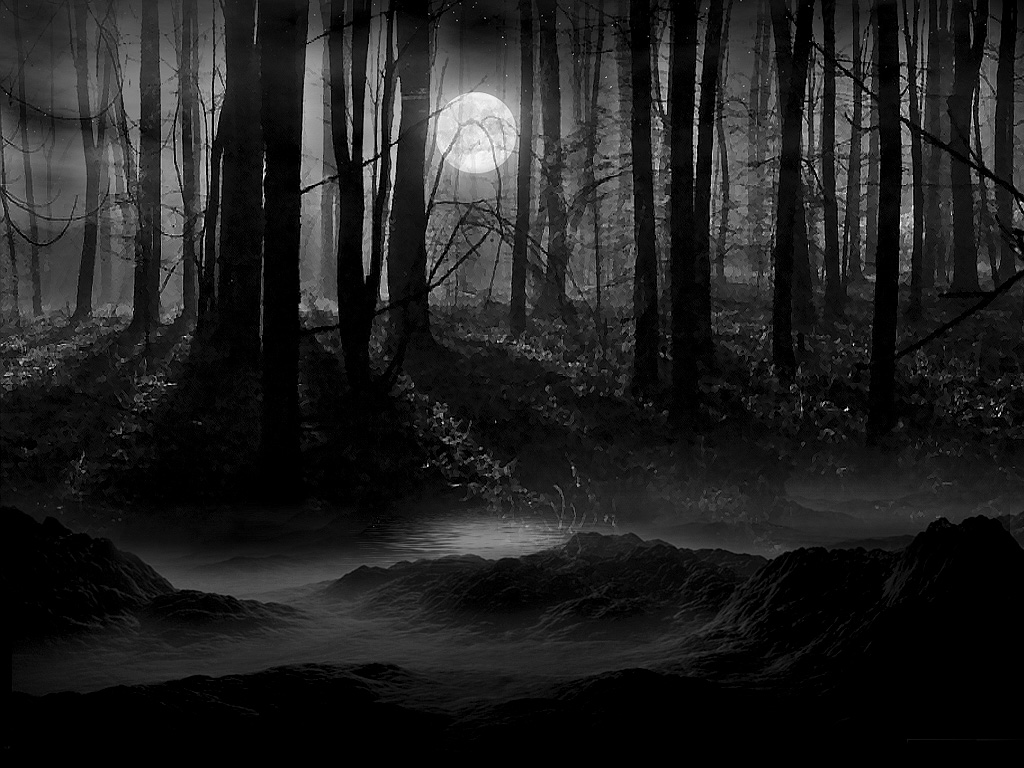
dark fantasy forest

dark fantasy forest

dark fantasy forest
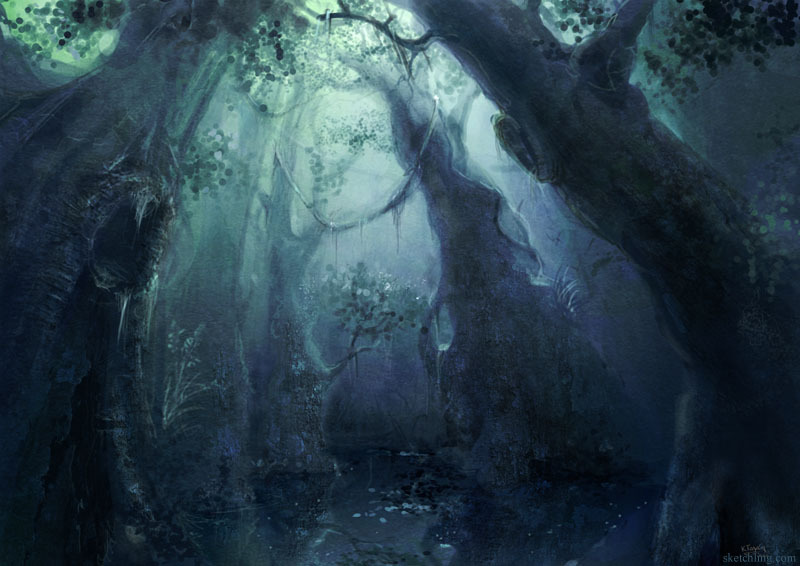
dark fantasy forest

dark fantasy forest
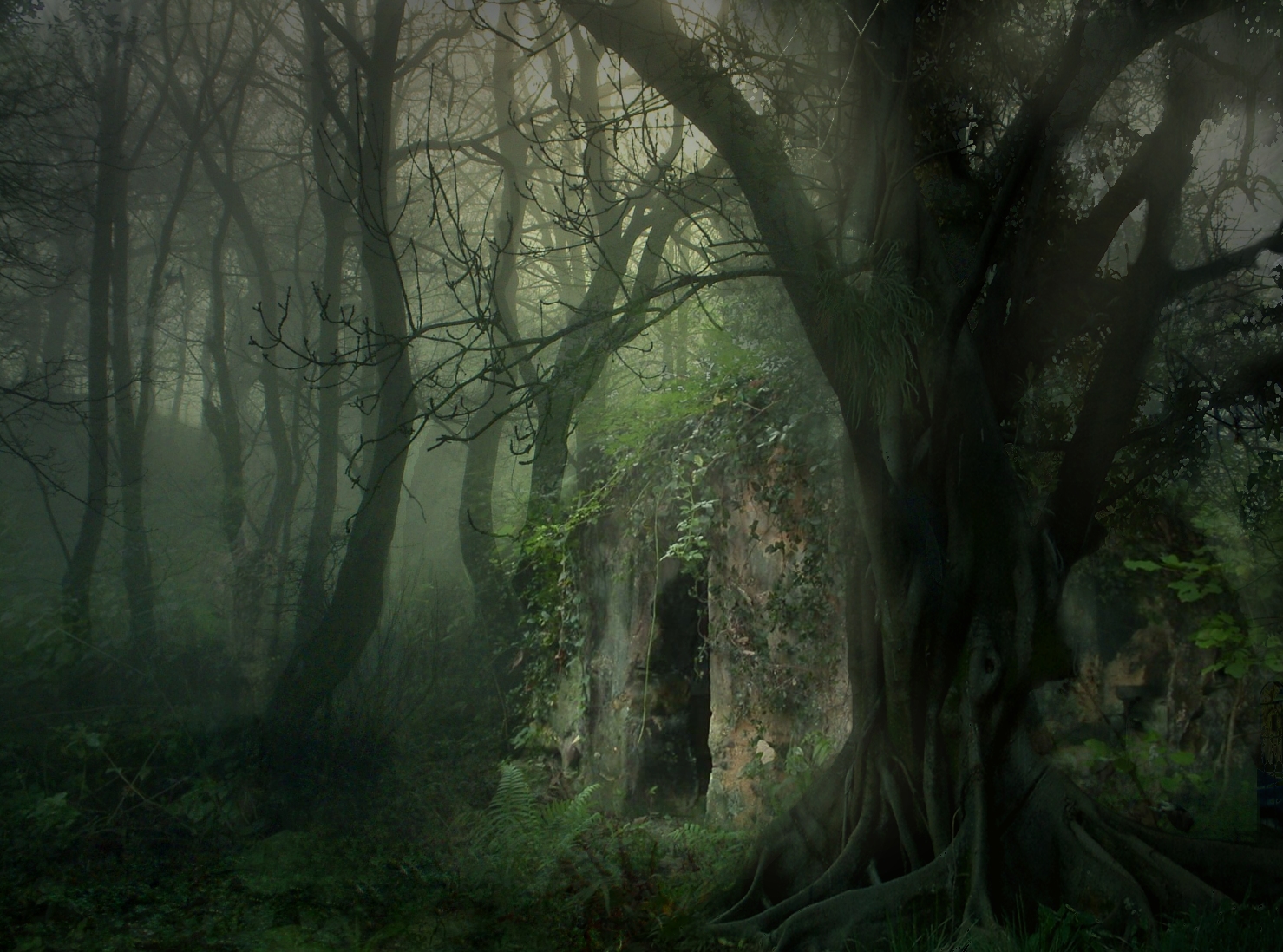
dark fantasy forest

dark fantasy forest
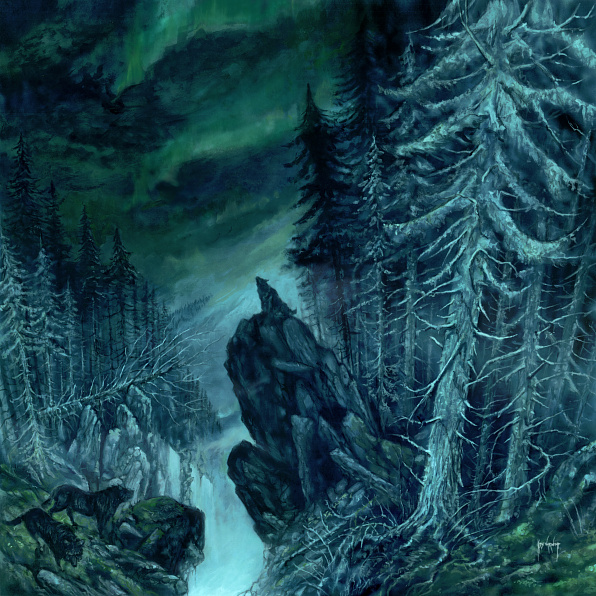
dark fantasy forest

dark fantasy girl
Book excerpt: "The medicine drums were beating wearily and another, greater drum had commenced to boom with a hysteria which spoke of breaking nerves. The slither and slap of bare feet sounded upon Billy's verandah, and he straightened up to see that Wanoa and several lesser chiefs had come".
This pulp fiction fantasy novel by L. Ron Hubbard was published in May of 1939, tells the story of down and out Billy Newman finally striking it rich mining for gold in the Philippines. Believing his luck has changed, he buys his own South Sea Island at a bargain price no less. But as all good stories have it, not is all as it seems! He doesn't have to wait long to find out about the locals stories of their beastly deity, the voracious shark god "Tadamona"! Not only does he discover that the shark god is real, but Billy must find a way to prevent the ritual sacrifice of a beautiful young girl and save the island and their inhabitants from certain destruction.
The idea of worshiping and sacrificing for gods, deities, spirits, divinity, however a culture describes it, is as old as the history of mankind. A common thread between rituals for gods is the local ceremonial communal feasts and dancing with sacrificial offerings in exchange for safety and good crops. In the case of the Aztec God, it was believed that there were three main gods with many lesser gods below them. This hierarchy of gods had a major impact on the lives of the Aztec people. The Egyptians followed a daily morning, mid day and evening ritual with strict rules to ensure the success of their existence. The Greeks and the Asian culture all have their own myths and stories of gods.
In Hubbard's story, the deity is no less demanding than the recorded pictorial accounts of rituals and punishments meted out by angered gods (or the priests representing their gods for that matter). His story telling is masterful and is indicative of someone who wrote hundreds of novels and stories that are still in demand today. Add to the fact the audiobook version of "Danger in the Dark", is of cinematic quality with gifted voice actors who have fully immersed themselves into there roles with great sound effects and you have a great story that you or a group of people can enjoy.
Pulp fiction stories written from the early 1900a to the 1950s, was a unique time in our history because it gave rise to many genres we enjoy today and fantasy stories, such as the one above, were in such demand that it was not uncommon for a million copies to fly off the shelves when the next issue were delivered to the stands. This was a Herculean feat for the war depressed people of the thirties and forties. Although this story is in the fantasy genre, Hubbard also wrote mysteries, science fiction, westerns, air and sea adventures, far-flung adventure and tales from the Orient.

dark fantasy girl

dark fantasy girl

dark fantasy girl

dark fantasy girl

dark fantasy girl

dark fantasy girl

dark fantasy girl

dark fantasy girl

dark fantasy girl

dark fantasy girl

dark fantasy girl

dark fantasy girl
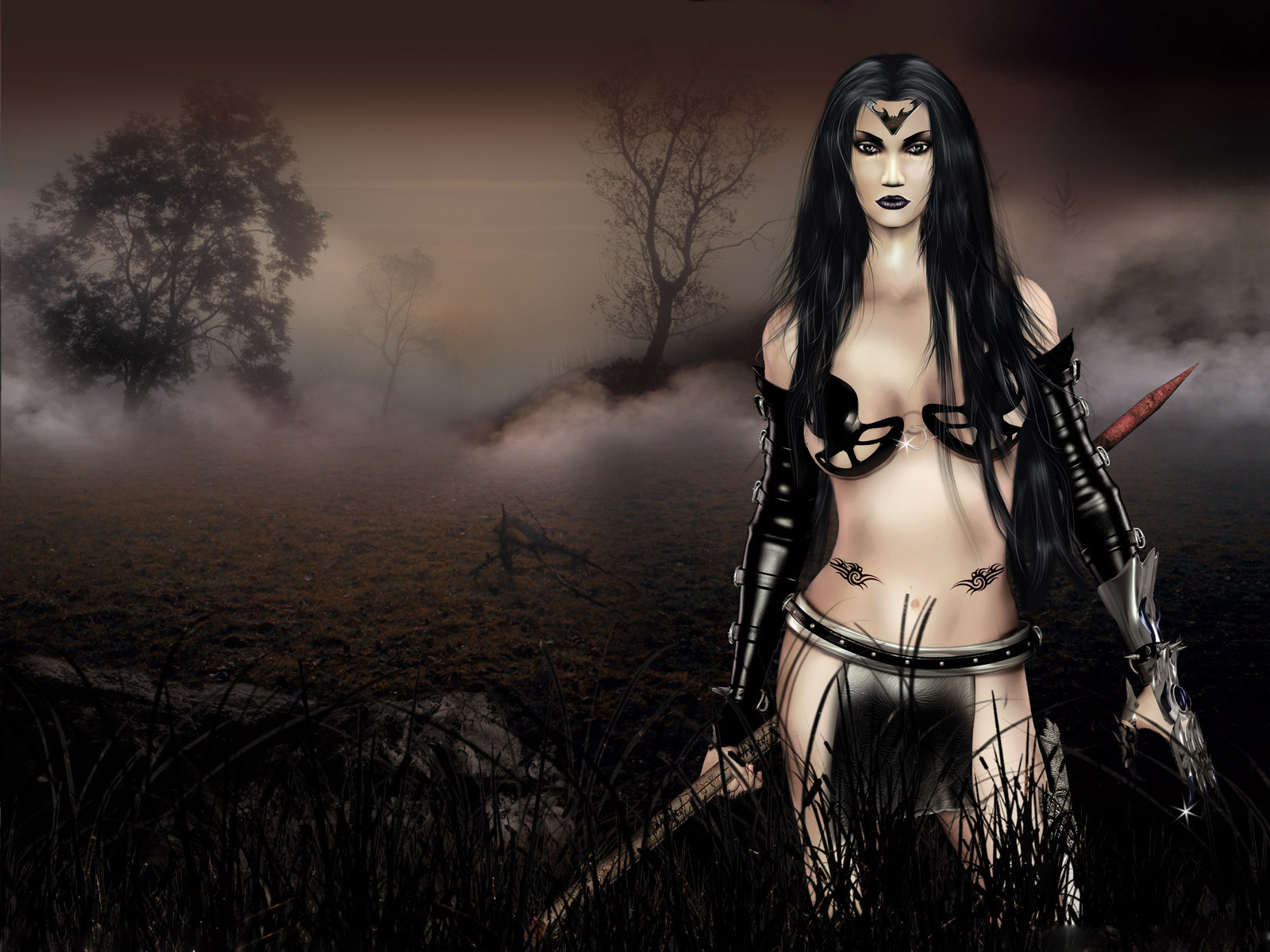
dark fantasy girl

dark fantasy girl

dark fantasy girl

dark fantasy girl
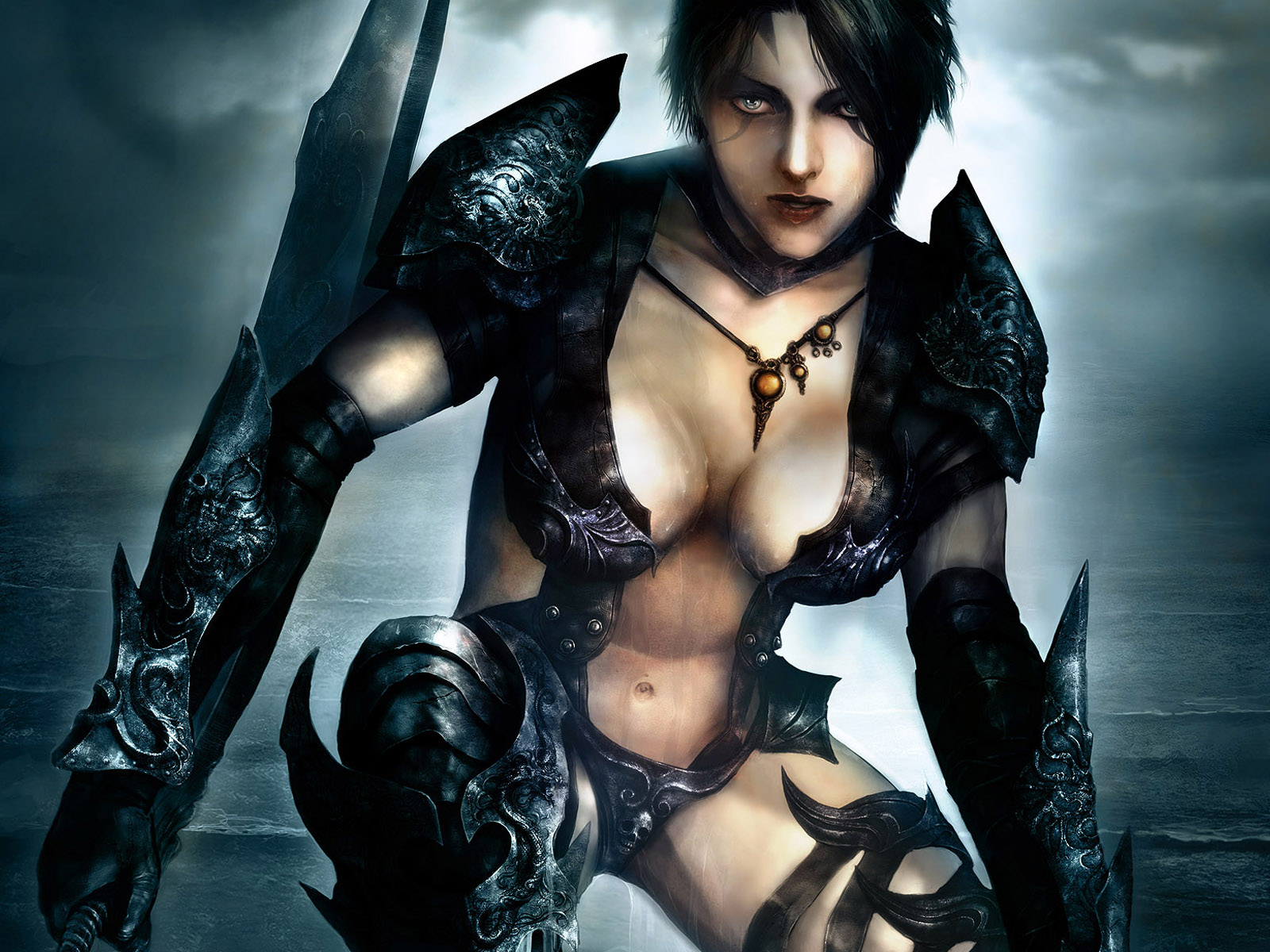
dark fantasy girl

dark fantasy warrior
There weren't enough superlatives to describe the brilliance of R. Scott Bakker's first volume in "The Prince of Nothing" trilogy, "The Darkness That Comes Before". After such an astounding debut, I wondered if the second volume could match the intellectual depth and overall intensity of the first book. Well, "The Warrior-Prophet" more than lives up to the lofty standards set by the previous book, providing one of my favorite fantasy reading experiences ever.
Reading Bakker's work is like being deliciously overwhelmed, caught in a stunning sea of nuances and detail that boggles the mind. It is akin to gazing at a great painting and finding yourself lost in the minute details for hours on end. It is the rare work where I find after finishing a paragraph, I pause to reflect on what I have read, digesting the various ideas and philosophical insights in the book. In that regard, "The Warrior-Prophet" requires active thinking when reading, coaxing the reader to confront and discuss these ideas Bakker presents, an aspect I greatly enjoyed.
The Holy War started by Maithanet, the Shriah of the Thousand Temples, continues its march southward to the sacred city of Shimeh. Immense and bloody battles ensue throughout the course of the book between the invading Inrithi factions and the heathen Fanim. Anasûrimbor Kellhus, a mysterious Prince, gradually asserts a greater influence on the Holy War by offering indispensable counsel to the Great Names administrating the war. Furthermore, Kellhus' remarkably godlike actions and manner begin to transform him in the eyes of the Inrithi from a minor outlying figure into a larger-than-life prophet. But not everyone is pleased with Kellhus' seemingly divine transformation and the power it brings him.
Drusas Achamian is a Mandate sorcerer traveling in company with Kellhus and their two consorts, Esmenet and Serwë. Tortured by apocalyptic dreams that he believes are prophetic, Achamian is convinced that Kellhus is necessary to the success of the Holy War and must be helped. But in assisting Kellhus, Drusas may have to sacrifice everything he has.
Bakker crafts a dark and profound tale filled with magnificent battles, glorious world-building, and an immense depth to his characters unseen in fantasy. Kellhus, who is unbelievably godlike in his abilities, is stunning. His penetrating intellect and manipulation of the other characters would come off as ludicrous in the hands of a lesser writer. But with Bakker, Kellhus is a dominating success.
The world-building is incredibly deep and innovative with a tremendously imagined historical background. There are some twists and turns, but the plot is mainly straightforward, concentrating on the massive battles of the Holy War. And it is in these war scenes that Bakker does some of his best work, presenting fantastically descriptive and bloody battles that rank up there with some of the best in fantasy.

dark fantasy warrior

dark fantasy warrior

dark fantasy warrior

dark fantasy warrior

dark fantasy warrior

dark fantasy warrior
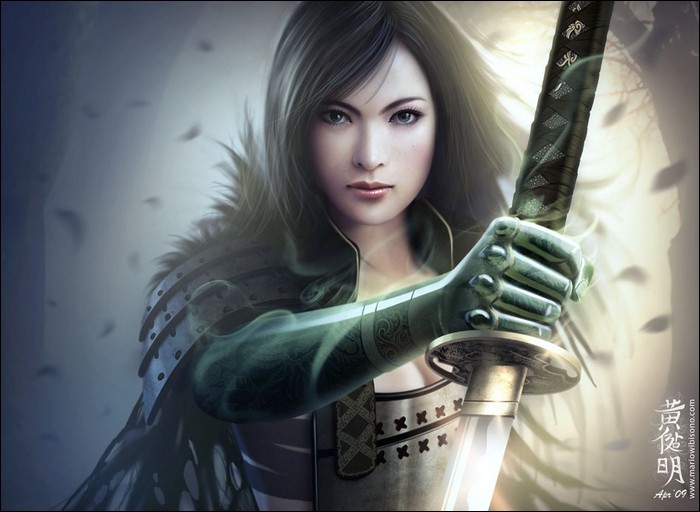
dark fantasy warrior

dark fantasy warrior

dark fantasy warrior

dark fantasy warrior

dark fantasy warrior

dark fantasy warrior

dark fantasy warrior
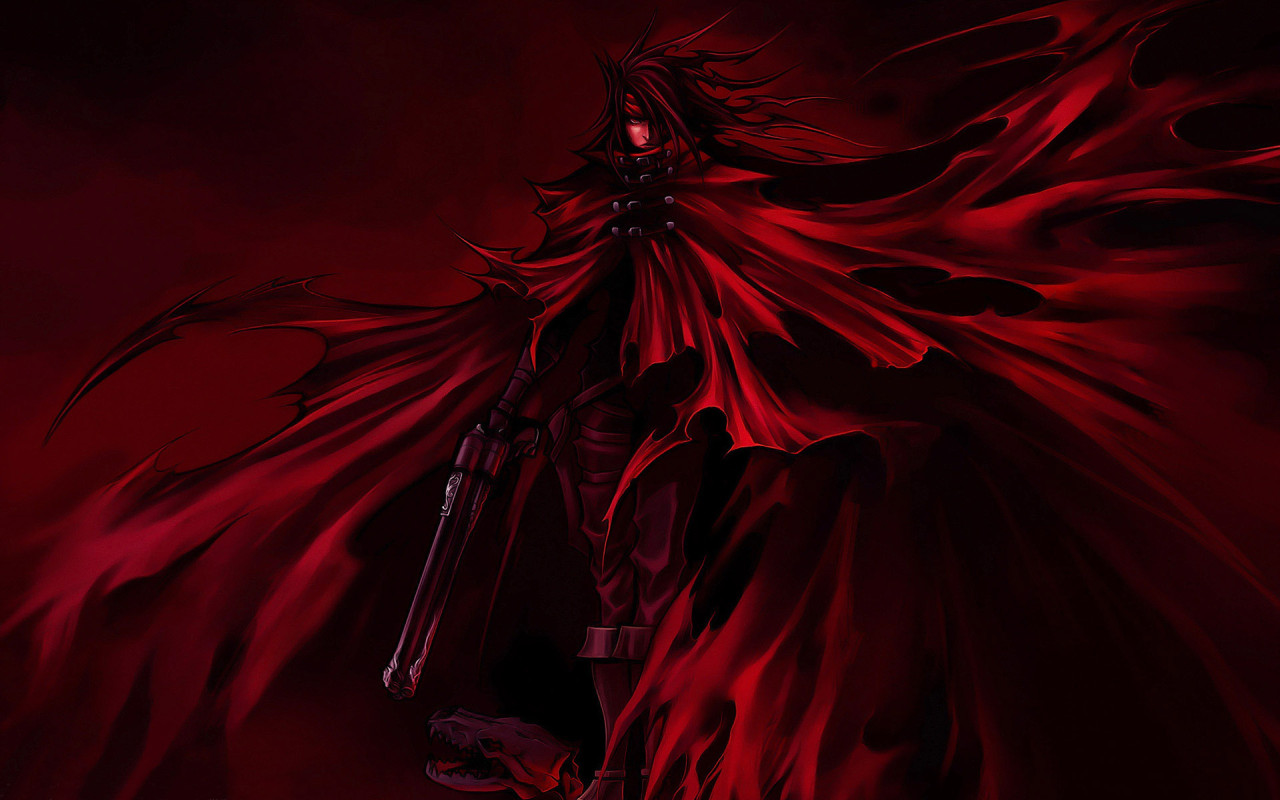
dark fantasy warrior

dark fantasy warrior

dark fantasy warrior

dark fantasy warrior

dark fantasy warrior

dark fantasy warrior
















































